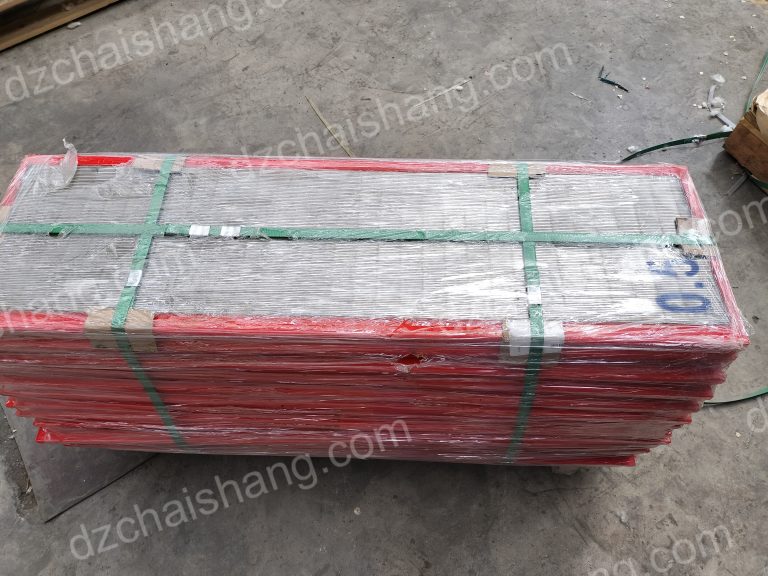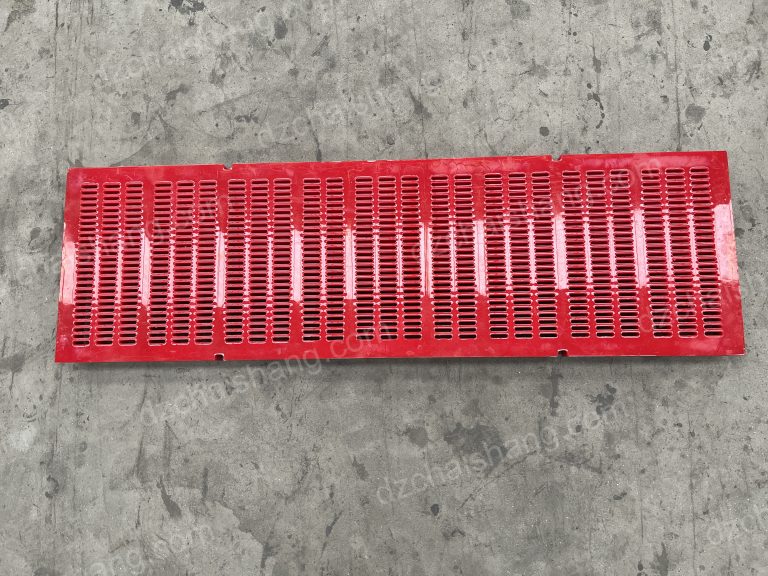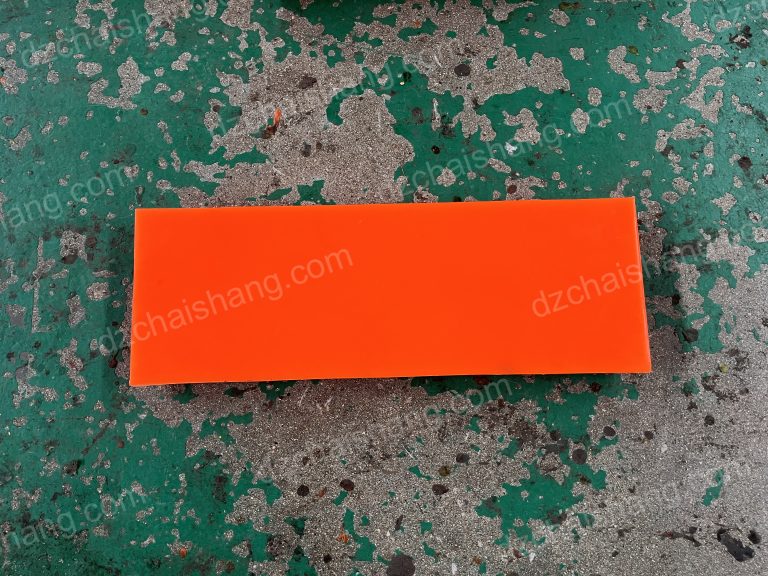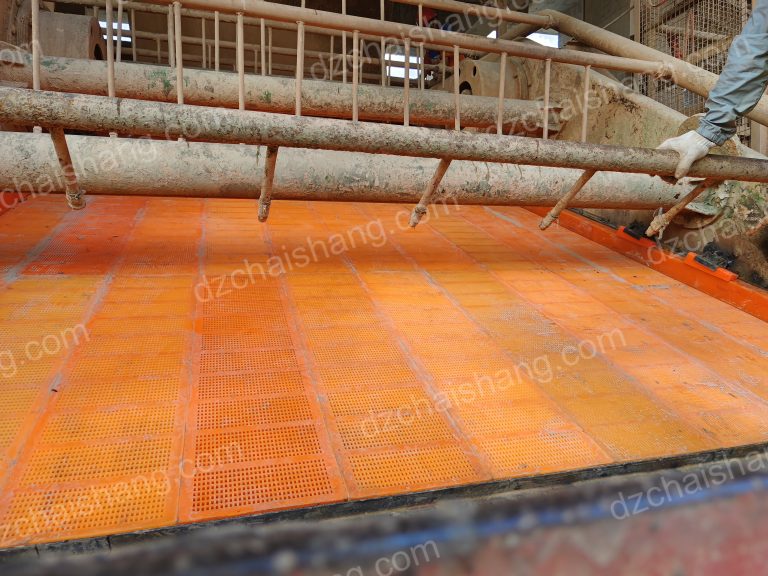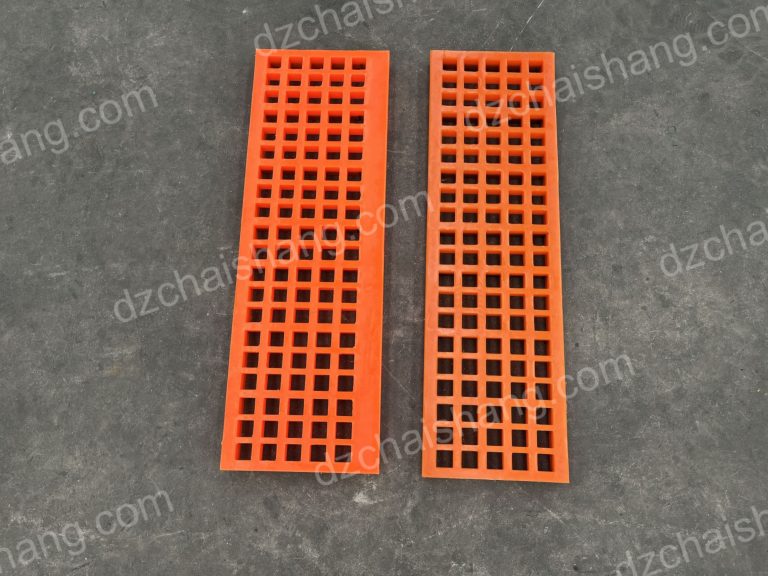了解篩板/聚氨酯篩網在翻轉流篩介質中的作用與優點
篩板的另一個顯著優點是它的彈性。與傳統的金屬篩網不同,聚氨酯篩板可以響應翻轉運動而彎曲和振動。這種靈活性有助於防止堵塞和堵塞,這是篩分過程中的常見問題,會顯著降低效率和生產率。孔徑或槽可以定制以滿足特定的篩選要求,從而可以精確控制通過的顆粒的尺寸。這種客製化能力使篩板成為一種多功能解決方案,可針對各種應用進行客製化。它可以處理磨料而不會造成重大損壞,從而進一步提高其使用壽命並減少頻繁更換的需要。這種耐磨性也確保了隨著時間的推移始終保持一致的篩分性能,有助於提高翻轉流篩分介質的整體效率。質特性使其更易於安裝和更換。這種易於處理的特性可以顯著節省時間和勞動力,進一步提高其成本效益。其耐用性、靈活性、可自訂設計、耐磨損和易於操作提供了眾多優勢,有助於提高其有效性和效率。透過了解這些優勢,行業專業人士可以就將篩板納入其篩選過程做出明智的決定。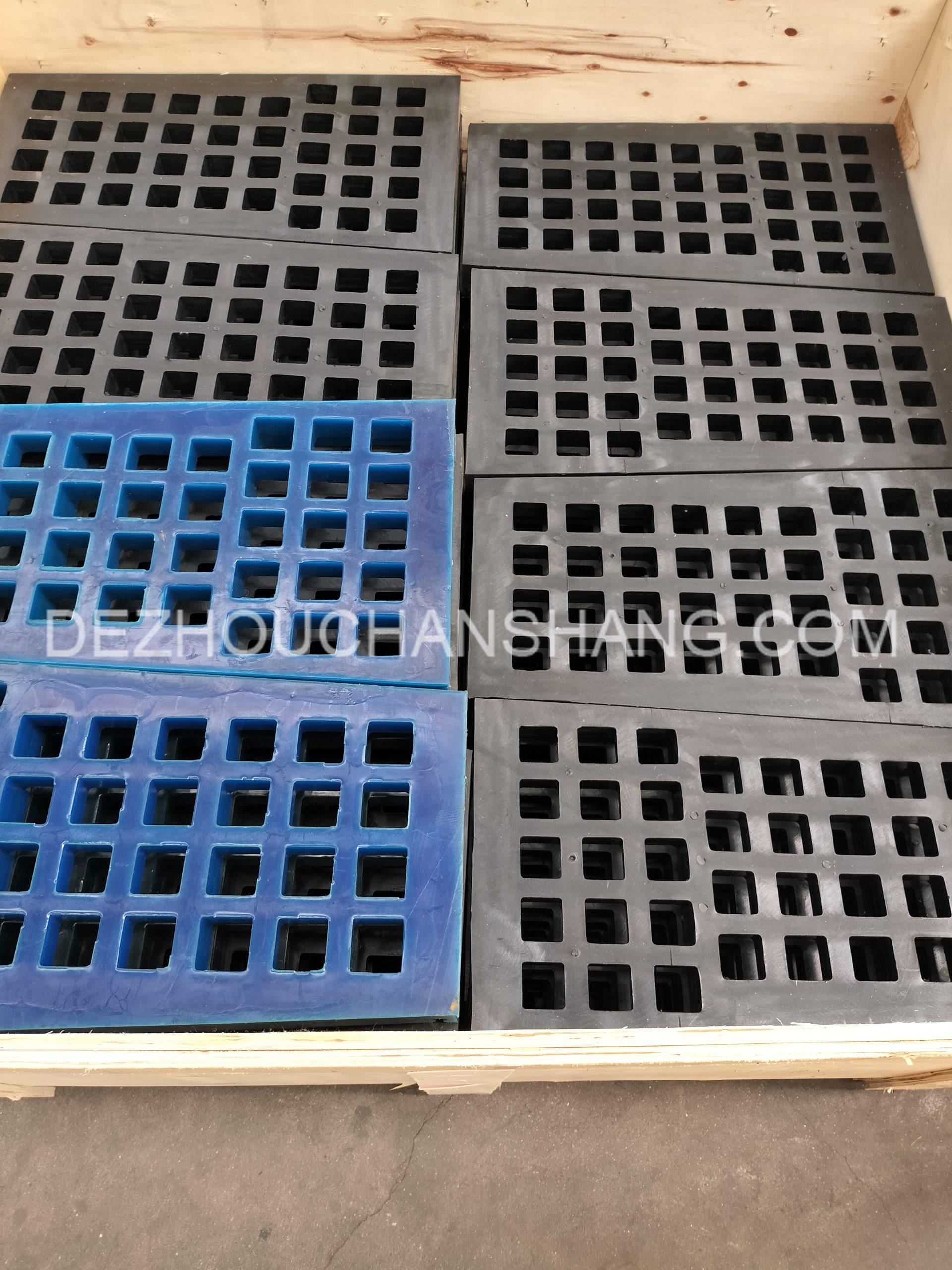
The sieve plate is essentially a screening surface made from polyurethane, a material known for its durability and resilience. It is designed with a series of apertures or slots that allow materials of a specific size to pass through while retaining larger particles. This process, known as screening, is vital in many industries for separating materials based on size.
In the context of flip-flow screening media, the sieve plate plays a pivotal role. The flip-flow screen is a high-speed, mechanical solution designed to handle wet, sticky, and difficult-to-screen materials. It operates by creating a flip-flow motion that loosens and separates materials, allowing smaller particles to fall through the sieve plate’s apertures.
One of the primary advantages of the sieve plate in flip-flow screening media is its exceptional durability. Polyurethane is a robust material that can withstand the high-speed, high-impact nature of flip-flow screening. This durability translates into longer service life and reduced maintenance costs, making the sieve plate a cost-effective solution for screening applications.
Another significant advantage of the sieve plate is its flexibility. Unlike traditional metal screens, polyurethane sieve plates can flex and vibrate in response to the flip-flow motion. This flexibility helps to prevent blinding and clogging, common problems in screening processes that can significantly reduce efficiency and productivity.
The sieve plate’s design also contributes to its effectiveness. The apertures or slots can be customized to meet specific screening requirements, allowing for precise control over the size of particles that pass through. This customization capability makes the sieve plate a versatile solution that can be tailored to a wide range of applications.
Moreover, the sieve plate’s polyurethane construction offers superior resistance to wear and tear. It can handle abrasive materials without significant damage, further enhancing its longevity and reducing the need for frequent replacements. This resistance to wear and tear also ensures consistent screening performance over time, contributing to the overall efficiency of the flip-flow screening media.
In addition, the sieve plate’s lightweight nature makes it easier to install and replace compared to traditional metal screens. This ease of handling can lead to significant time and labor savings, further enhancing its cost-effectiveness.
In conclusion, the sieve plate or polyurethane screen mesh is a vital component in flip-flow screening media. Its durability, flexibility, customizable design, resistance to wear and tear, and ease of handling offer numerous advantages that contribute to its effectiveness and efficiency. By understanding these advantages, industry professionals can make informed decisions about incorporating sieve plates into their screening processes.

